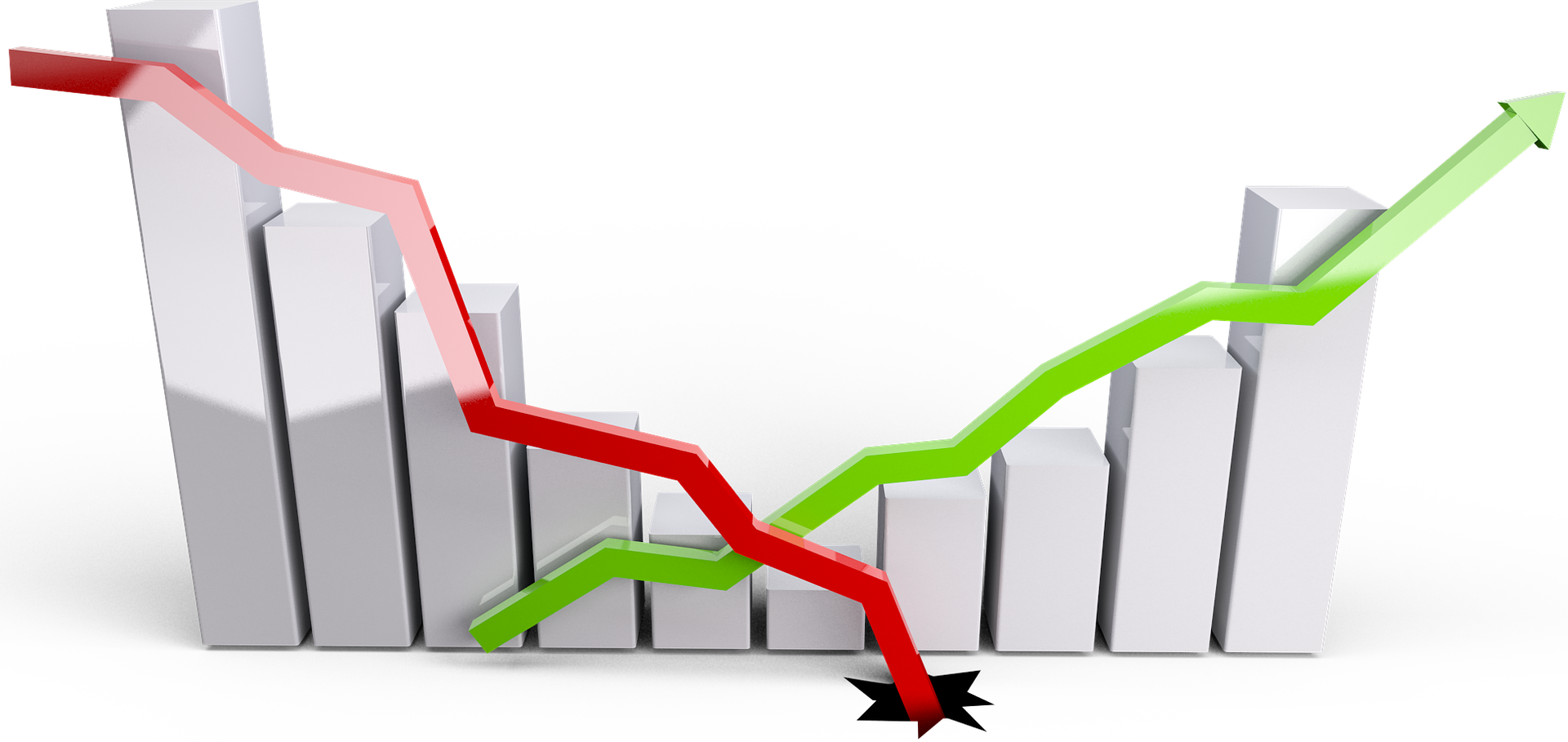The Indian economy emerged from recession and returned to growth in the quarter of October-December 2020, following two successive quarters of contraction in growth. The Indian economy grew by 0.4% in the third quarter of FY21, which is a sharp improvement from the negative growth of 24.4% and 7.3% in the preceding two quarters. CARE Ratings estimate for GDP growth for the quarter was in the range of -0.5% to -1.5%.
India is one of the select few economies that have witnessed positive growth in the three month period October-December 2020.
This gives credence to the general expectation of a quick revival in the domestic economy and this has led to the government revising upwards it growth estimate for gross value added for FY21 from -7.2% (first advance estimate) to -6.5% (second advance estimate). The GDP estimate for FY21 however has been revised downwards from the earlier estimate of - 7.7% to -8.0%. This is due to the lower incidence of taxes as well as higher subsidies which has been revised downwards from -13% to -23%. There has also been a downward revision in the Q1 FY21 GDP (from -23.9% to -24.4%) and upward revision in that of Q2 FY21 (from -7.5% to -7.3%).
The unlocking of the economy with the steady decline in Covid-19 infection during the period (Oct-Dec) boosted consumption and activity across sectors. The gains in the Indian economy during the October-December’20 period were driven by growth in agriculture, manufacturing, electricity, gas, water & utility services, construction and financial, real estate and professional services.
Both consumption (private and government) and investments have recorded a growth (y-o--y) during Q3 FY21, reversing the decline of the preceding two quarters. Despite the improvements, the growth rates are notably lower than that a year ago. The real GDP growth in Q3 FY21 at 0.4% is notably lower than the 3.3% growth of Q3 FY20.
The data given below shows the y-o--y GDP growth:

Sector-wise performance in Q3 2020-21 (year-on-year)
• The agriculture and industrial sector witnessed growth, while the contact intensive services sectors registered negative growth.
• The industrial sector has witnessed a growth of 2.7% aided by the growth in manufacturing (1.6%), electricity, gas, water & utility services (7.3%) and construction (6.2%). Manufacturing sector output returned to growth after a gap of four quarters while that a construction turned positive after three quarters, reflective of the higher levels of activity in these segments with the unlocking process. The favourable base effect has also aided the growth in these segments
• Agriculture sector grew by 3.9% in Q3 FY21 over the 3% growth of year ago.
• The contraction in the services sector eased from an average 16% in the preceding two quarters to -1.0% during OctoberDecember’20
• The core GVA growth, which excludes the agriculture and government sector was 0.7 % in Q3 FY21 against the 1.0% growth in overall GVA, indicating the higher contribution of the industrial and services segment in the improvements in the GVA.
• The trade, hotel and transport segment registered the highest contraction amongst the sectors during October-December at (-)7.7%.
• Public administration, defence and other services saw growth contract by -1.5% in Q3 FY21. There was however an improvement from the contraction of over 9% in the preceding two quarters reflective of the higher spending being undertaken by the government during the quarter gone by.
Sector-wise growth highlights agricultural and industrial growth, the table given below shows the sectoral growth:
Agriculture, forestry & fishing | Q3 FY17 7.4 | Q3 FY18 Q3FY19 | Q3 FY20 Q3 FY21 |
5.1 | 2.0 | 3.4 | 3.9 |
Industry | 8.2 | 7.7 | 5.0 | -2.5 | 2.7 |
Mining & quarrying | 9.1 | 4.7 | -4.4 | -3.5 | -5.9 |
Manufacturing | 8.3 | 9.3 | 5.2 | -2.9 | 1.6 |
Electricity, gas ,water supply & other utility services | 10.2 | 10.1 | 9.5 | -3.1 | 7.3 |
Construction | 7.4 | 4.7 | 6.6 | -1.3 | 6.2 |
Services | 7.2 | 7.5 | 7.4 | 6.0 | -1.0 |
Trade, hotels, transport, communication & broadcasting | 7.9 | 8.2 | 7.8 | 7.0 | -7.7 |
Financial, real estate & professional services | 5.2 | 5.7 | 6.5 | 5.5 | 6.6 |
Public administration, defence and other services | 9.1 | 8.9 | 8.1 | 8.9 | -1.5 |
GVA at Basic Price | 7.5 | 7.1 | 5.6 | 3.4 | 1.0 |
Core GVA(excluding agri & public administration) | 7.3 | 7.3 | 6.2 | 2.3 | 0.7 |
Source: MOSPI
Consumption and Investments (y-o-y growth )
• There has been a pick- up in consumption – both government and private consumption in the October-December period.
• Private consumption which is driver of the economy (accounting for 60% of the GDP) witnessed a growth of 1% in Q3 FY21 Although significantly lower than the 11% growth in Q3 FY20, it is a notable improvement form the growth of (-)25% in Q1 FY21 and (-)8% in Q2 FY21.
• Government consumption too witnessed an improvement, growing by nearly 7% in Q3 FY21 from year ago.
• Investment’s too have picked up, registering year-on-year growth after a gap of three quarters . Investments measured as Gross Fixed Capital Formation (GCFC) grew by of 6% in Q3 FY21 v/s the 1.4% growth in Q3 FY20.
The growth in consumption and investment rates as % of GDP is highlighted in the graph given below:
Growth in Expenditure of GDP (current prices) as YoY % change is highlighted in the table given below:
Growth in Expenditure of GDP (current prices) – YoY (% change)
GFCE | Q3 FY17 10.0 | Q3 FY18 Q3FY19 | Q3 FY20 | Q3 FY21 7.24 |
15.4 | 6.9 | 14.0 |
PFCE | 14.9 | 9.8 | 10.8 | 11.0 | 1.03 |
GFCF | 7.9 | 14.8 | 16.7 | 1.4 | 5.91 |
Exports | 9.7 | 9.9 | 20.3 | -2.0 | 8.38 |
Imports | 11.8 | 14.4 | 22.2 | -10.2 | -1.96 |
GDP (at current prices) | 11.5 | 11.6 | 12.5 | 6.5 | 5.3 |
Source: MOSPI
Adapted from CARE Ratings analysis.




















